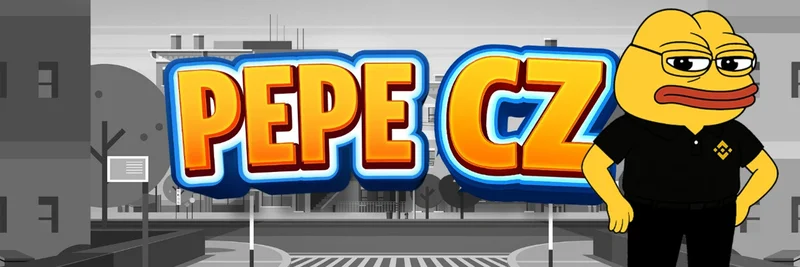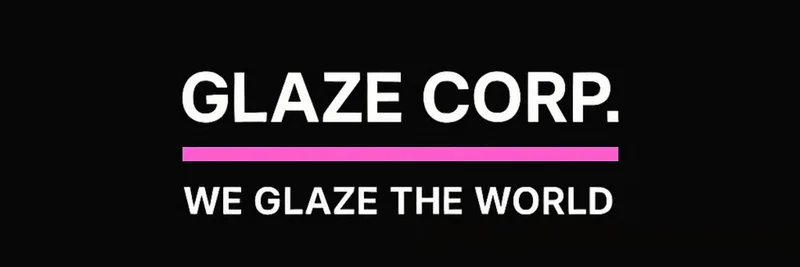The Controversy Behind Creator Coins
Sterling Crispin, a vocal voice in the crypto community, dropped a thread on July 26, 2025, that’s got everyone talking. He’s not mincing words—calling out low-liquidity coins on automated market makers (AMMs) as “shitcoins” no matter what fancy names they’re given, like creator coins or culture tokens. His main point? These tokens often follow toxic fundamentals that lead to a zero-sum game where most end up worthless.
For those new to this, an AMM is like a self-running marketplace on blockchain platforms like Ethereum or Solana. It uses algorithms to set prices and trade assets without traditional buyers and sellers. Think of it as a vending machine for crypto—convenient but with some hidden risks. Crispin argues that the exponential price curves in these systems make them a playground for snipers, bots, and coordinated pump-and-dump schemes, leaving retail investors (that’s you and me!) holding the bag.
Why the Hype Might Be a Trap
Crispin quotes Coop’s earlier post about buying a viral post featuring a horse token that skyrocketed 128.6% in value. It’s a cool story—buy low, sell high, profit! But here’s the catch: this kind of success relies on others losing out. He likens it to musical chairs—when the music stops, someone’s left without a seat. With 99.99999% of these tokens crashing to zero, the odds aren’t exactly in your favor.
He’s also calling out the hype cycle. Ever heard someone say, “This time it’s different, bro—it’s got AI or a song attached!”? Crispin’s exhausted by the excuses. Without rethinking tokenomics (the rules governing how tokens work), these projects are doomed to repeat the same crash-and-burn pattern.
A Deeper Look at Tokenomics
So, what’s wrong with the current setup? Crispin points to the lack of liquidity and the way prices spike uncontrollably. Low liquidity means there aren’t enough buyers and sellers to stabilize the market, leading to wild swings. Add in exponential price curves—where prices rise faster as demand grows—and you’ve got a recipe for volatility that benefits early insiders over regular folks.
He suggests an alternative: imagine a system where creators earn royalties, and tokens are issued monthly based on that revenue. These tokens could be auctioned off transparently, avoiding the chaos of AMMs. It’s a security-like model, sure, but it could level the playing field. No snipers, no slippage—just a fair shot at price discovery.
The Meme Coin Casino: Fun or Fool’s Game?
Let’s be real—trading meme coins can be a thrill, like betting on a horse race. Trev🙃r from the thread admits people love to gamble, whether it’s Pokémon cards or shitcoins. And if the profits flow to creators instead of just big exchanges, maybe it’s a step up. But Crispin’s tired of the pretense that this is anything more than a casino. He’s not against a good trade—he just wants us to know what we’re signing up for.
Other voices chime in too. fxhash ties art coins to NFTs for added value, while 0xDesigner throws in a meme to poke fun at the “creator coin” hype. The consensus? It’s a mixed bag—fun if you’re in it for the ride, but don’t expect a retirement plan.
What This Means for Meme Token Fans
As Meme Insider readers, you’re probably here because you’re curious about the latest trends. Crispin’s thread is a wake-up call. If you’re diving into meme tokens or creator coins, do your homework. Check the tokenomics—look at liquidity, supply, and how the project distributes value. Tools like Gemini’s AMM guide can help you understand the tech behind it.
The future might hold better systems, but for now, the meme coin market is a wild west. Whether you’re a trader or a creator, stay sharp—because in this game, knowledge is your best defense.




